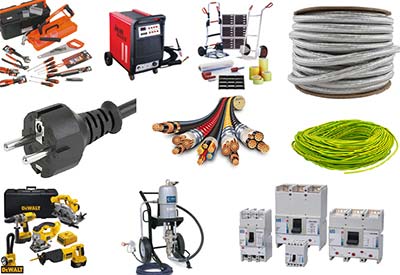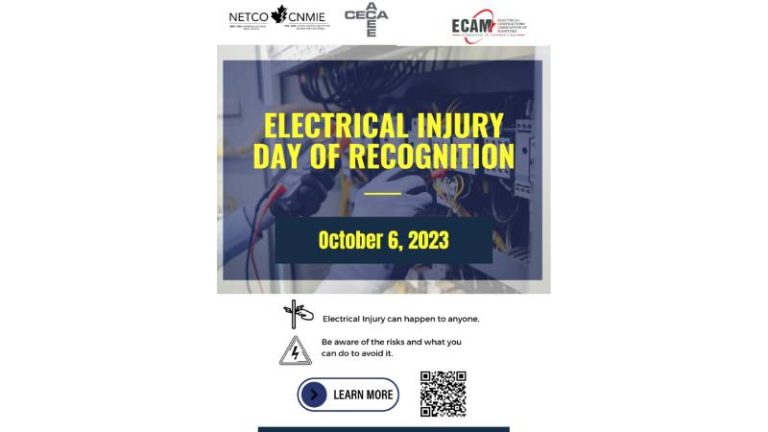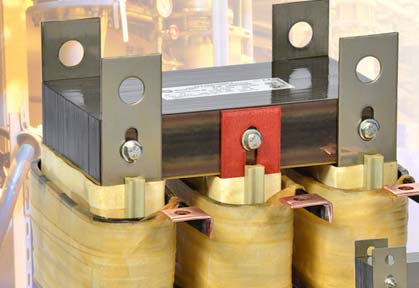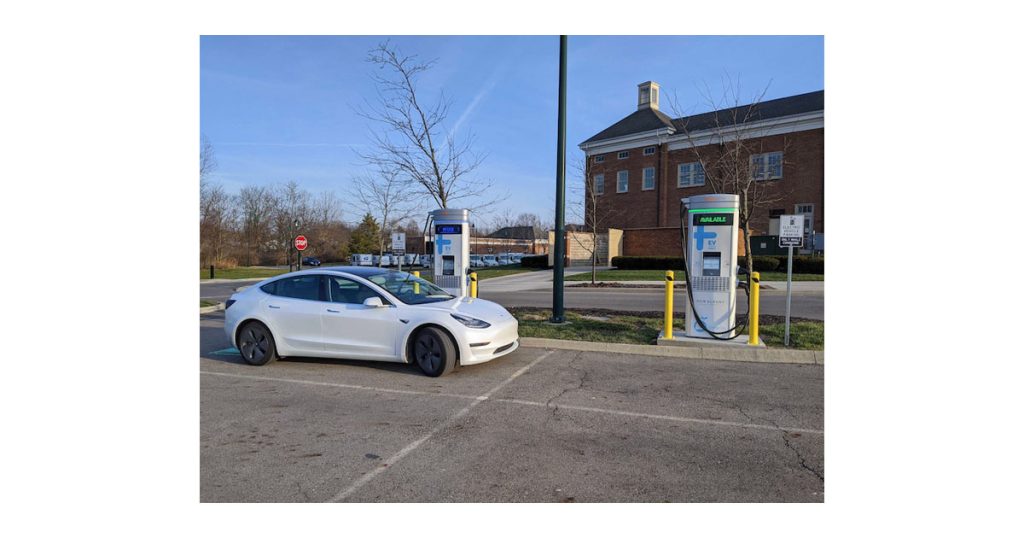Le matériel électrique approuvé avec la norme appropriée

La fin du mois de juin dernier a marqué le moment où tous les changements qui seront intégrés au Code canadien de l’électricité 2015 ont été finalisés. Toute nouvelle proposition de changement au code et qui n’a pas été soumise au Comité du code de Code Canadien de l’électricité ne sera pas publié avant 2018. Le respect de l’échéancier pour le Code de 2015 s’est traduit par trois journées de discussions, délibérations et de votes sur plus de 100 articles différents lors de la rencontre de juin. Les changements qui ont été adoptés lors de cette rencontre, comme au cours des rencontres précédentes par ailleurs, touchaient la définition Approuvé et l’Appendice A.
Revised Definition Reflects Reality
Approved electrical equipment has always been up to the “Authority Having Jurisdiction” to define, mandate and regulate. Some jurisdictions define “Approved (as applied to electrical equipment)” within their own Regulations, so the following change will not mean so much. However, several jurisdictions use the CE Code definition of “Approved,” so this change will impact their requirements. The revised definition of Approved will reflect the reality used in practice that has been in place for years by recognizing Electrical Equipment that is certified to other-than-CSA standards. Equipment that falls within this category include Fire Alarm Control Panels, Smoke Detectors, Heat Detectors, Flame Detectors, Speakers for Fire Alarm Systems, Gas and Vapour Detectors and Sensors, just to mention a few. This equipment is all certified (approved) to the requirements of certain ULC Standards and has been for decades, however never referenced as approved equipment based on the CE Code definition. Until now.
The 2015 CE Code definition of “Approved” will be re-written to include electrical equipment that has been certified to other standards where a CSA standard does not exist. Other standards will include ULC standards or any electrical standard written by a Standards Development Organizations (SDO) accredited by the Standards Council of Canada (SCC). (To date, seven SDO’s are accredited for Canada).
The Importance of Correlation
The revised definition will also stipulate that such other standard use must be correlated with the Installation requirements of the CE Code and that it does not create duplication with standards already listed in Appendix A. Aspects of the current definition will remain within the new wording. Other Recognized Documents (ORD’s) will still be allowed as an interim measure until a standard can be developed, and, of course, any electrical equipment that conforms to the requirements of the regulatory authority will also be allowed. Correlation with the Installation requirements of the CE Code is extremely important and a major task for all standard committee members. During the development of a standard, committee members must ensure that the equipment can be installed in accordance with the CE Code or that specific rules must be proposed for the CE Code to allow for a safe installation.
Appendix A, Split
In addition, the 2015 CE Code will see changes in Appendix A which will allow for the listing of those standards that are not part of the CSA Part II standards. Appendix A will be split into Appendix A.1, which will be for CSA developed safety standards for electrical equipment, and Appendix A.2 will be for other Canadian SDO developed safety standards for electrical equipment. These changes not only reflect the current practice of using standards that are not currently listed in Appendix A, but they acknowledge the changes that have occurred within the Canadian electrical safety system since the Standards Council of Canada has accredited other Standards Development Organization that can develop electrical safety standards.
The Importance of Being Standard
Standards development is extremely important and recognizing those standards that have been in use for decades to certify equipment now allows the electrical industry to fully understand the scope of what goes into certified equipment. The process of standards development is intended to deliver standards that will:
• Advance the national economy;
• Support sustainable development;
• Benefit the health, safety and welfare of workers and the public;
• Assist and protect consumers;
• Facilitate domestic and international trade; and
• Further international cooperation in relation to standardization
Participation in standards development is key to ensuring the growth of the Canadian electrical safety system. For information on participation within ULC Standards committees you can contact Brian.p.murphy@ul.com and for participation within UL standards technical panels (STP’s) you may contact Maria.Iafano@ul.com.
For a look at the work program and projects of ULC Standards visit: “http://www.ul.com/canada/eng/pages/ulcstandards/index.jsp”.
For UL Standards work visit: “http://www.ul.com/global/eng/pages/solutions/standards/developstandards/ ”.
The above changes to the definition of “Approved” and the addition of other-than-CSA standards within Appendix A are only a two examples of changes that are coming to the CE Code in 2015. Very significant changes will occur in Sections 18 and 62 as well as within several rules of the code. I will attempt to highlight these changes over the next several months.
Pierre McDonald, CET, is Senior Regulatory Affairs Representative/Répresentant Principal, Affaires Réglementaires, Underwriters Laboratories of Canada Inc. Based in St. Albert, AB, Pierre has been a member of the Canadian Electrical Code Part 1 technical committee as well as several subcommittees including serving as Chair of Sections 6 and 76 and as a member representing regulators on several other CSA committees. Pierre is still active with code development and interpretation.












